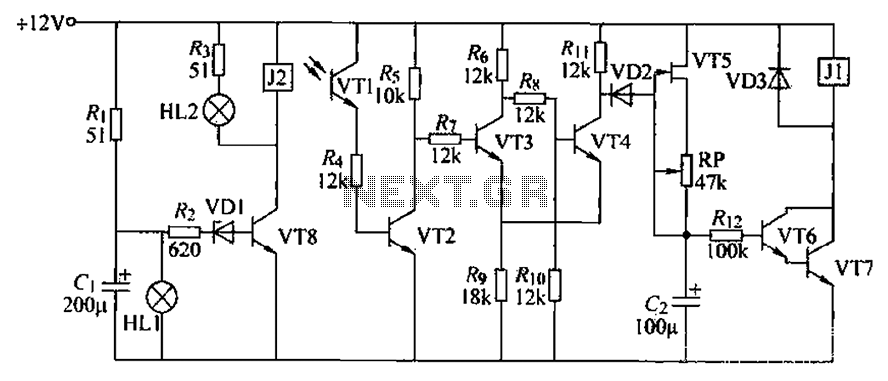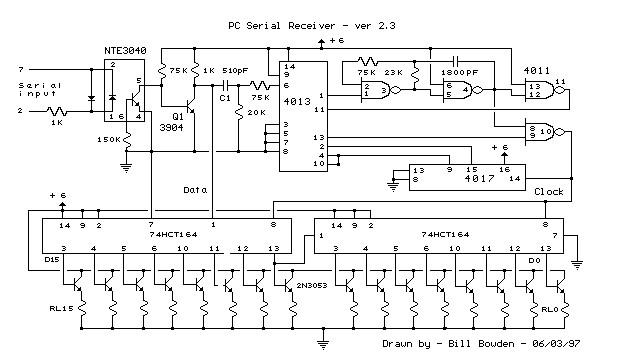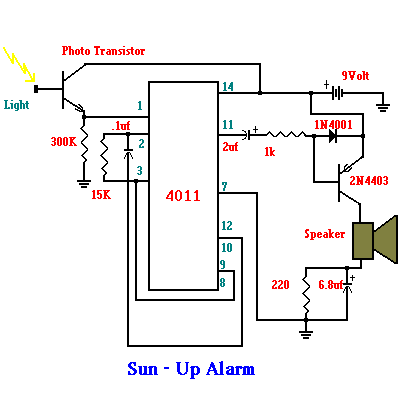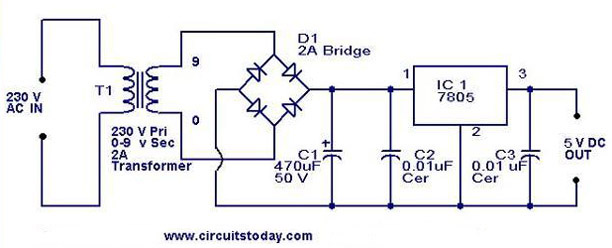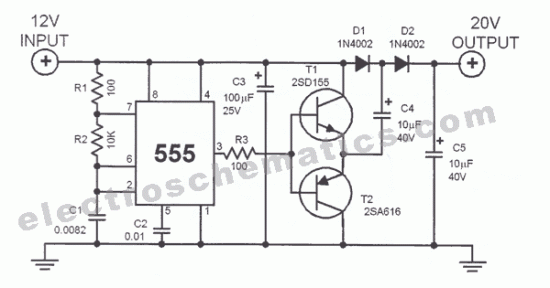
vgavideo adapter circuit schematic
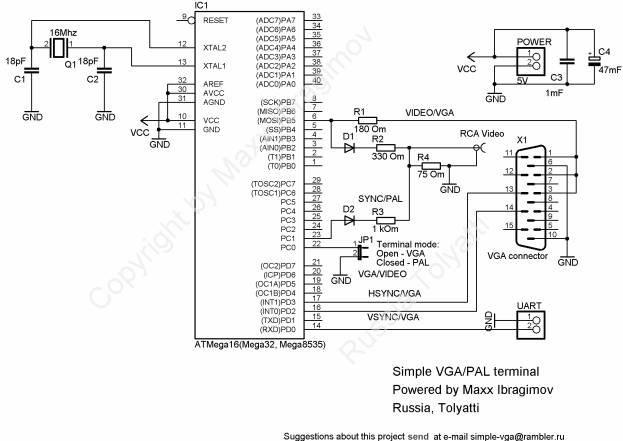
To prevent image distortion when receiving data via UART for VGA, it is advisable to conduct data exchange with the terminal approximately 300-600 microseconds after the vertical synchronization (VSYNC) signal.
In a VGA system, the synchronization signals are crucial for maintaining the integrity of the image being displayed. The vertical synchronization (VSYNC) signal indicates the start of a new frame, and timing the data exchange correctly is essential to ensure that the data is processed and displayed without distortion.
The UART (Universal Asynchronous Receiver-Transmitter) interface is commonly used for serial communication between devices. When integrating UART with VGA, it is important to adhere to specific timing requirements to ensure that the data is transmitted and received accurately. The recommendation to wait 300-600 microseconds after the VSYNC signal serves to allow sufficient time for the system to stabilize before data is sent.
During this interval, the system can prepare the necessary data for transmission, ensuring that it aligns with the current frame being displayed. This timing also helps to mitigate any potential latency issues that could arise from sending data too close to the VSYNC signal, which could lead to image artifacts or flickering.
In practical applications, this timing can be implemented using a timer or a delay function in the firmware of the microcontroller or processor managing the UART communication. By carefully managing the timing of data transmission in relation to the VSYNC signal, the overall quality of the VGA output can be significantly improved, leading to a clearer and more stable image on the display.To avoid distortion of the image, when receiving data through the UART, for VGA, it is recommended to make the data exchange with the terminal in approximately 300-600 us after a signal of vertical synchronization (VSYNC). 🔗 External reference
In a VGA system, the synchronization signals are crucial for maintaining the integrity of the image being displayed. The vertical synchronization (VSYNC) signal indicates the start of a new frame, and timing the data exchange correctly is essential to ensure that the data is processed and displayed without distortion.
The UART (Universal Asynchronous Receiver-Transmitter) interface is commonly used for serial communication between devices. When integrating UART with VGA, it is important to adhere to specific timing requirements to ensure that the data is transmitted and received accurately. The recommendation to wait 300-600 microseconds after the VSYNC signal serves to allow sufficient time for the system to stabilize before data is sent.
During this interval, the system can prepare the necessary data for transmission, ensuring that it aligns with the current frame being displayed. This timing also helps to mitigate any potential latency issues that could arise from sending data too close to the VSYNC signal, which could lead to image artifacts or flickering.
In practical applications, this timing can be implemented using a timer or a delay function in the firmware of the microcontroller or processor managing the UART communication. By carefully managing the timing of data transmission in relation to the VSYNC signal, the overall quality of the VGA output can be significantly improved, leading to a clearer and more stable image on the display.To avoid distortion of the image, when receiving data through the UART, for VGA, it is recommended to make the data exchange with the terminal in approximately 300-600 us after a signal of vertical synchronization (VSYNC). 🔗 External reference
Warning: include(partials/cookie-banner.php): Failed to open stream: Permission denied in /var/www/html/nextgr/view-circuit.php on line 713
Warning: include(): Failed opening 'partials/cookie-banner.php' for inclusion (include_path='.:/usr/share/php') in /var/www/html/nextgr/view-circuit.php on line 713
